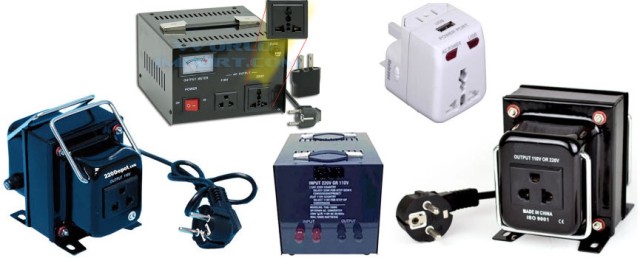Have you experienced a situation where your electronic devices receive either less or more electricity supply than required? Sometimes, our mobile phones take longer to charge, and at other times, charging them takes a relatively shorter period of time. This, typically, happens when you charge your phone from different power sources.
Sometimes, our gadgets tend to receive lesser power than they need to function. To ensure that they get adequate electric supply, you need to use a Step-up converter. As the name suggests, it steps up or increases the voltage supplied to the devices.
If you live in a city with a 110v supply but want to operate a 200v gadget, you will need a step-up converter. Such a converter is made by winding two (or more) coils of insulated wire around a core, which is made of iron. When one of the coils (called primary or input) comes in contact with electricity, it magnetizes the iron core, giving rise to voltage in the other coil (called secondary or output).
The turn ratio of both sets of windings determines the extent of voltage conversion. The ratio between the input and the output voltage stays constant. It is advised that the converters not be operated at voltages higher than recommended on the nameplate. They can, however, be operated at lower voltages. Thanks to this provision, it is possible to use certain non-standard applications using standard converters.
If you’re wondering about the power source(s) for the step-up converter, it can come from any suitable DC sources like batteries, solar panels, rectified AC from mains supply, fuel cells, dynamos, and DC generators.
Converters work on the principle of DC to DC conversion. This process can be described as the conversion of one DC voltage into a different DC voltage. Hence, it can be said that a step-up converter is a DC to DC converter with an output voltage higher than the source voltage.
Step-up converters provide a safe method of regulating voltage in gadgets, which may otherwise succumb to an under or over supply and start to malfunction or become defunct.
